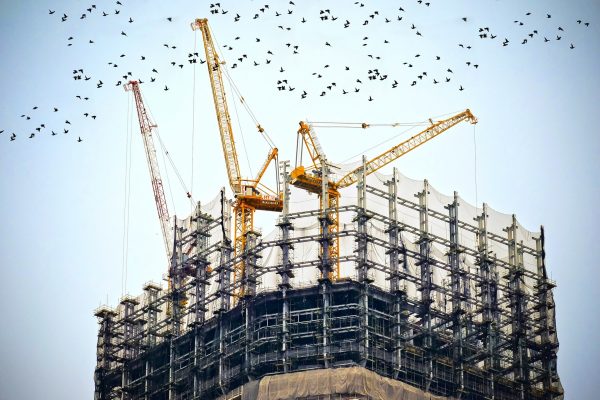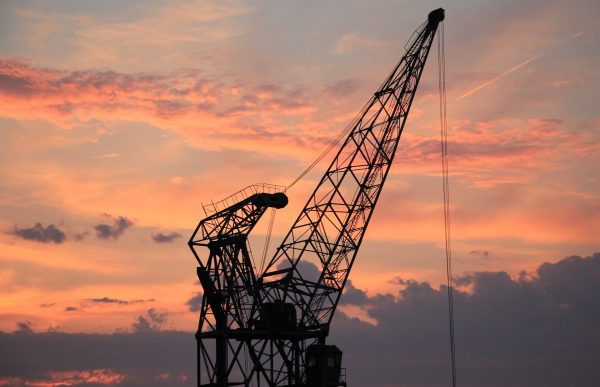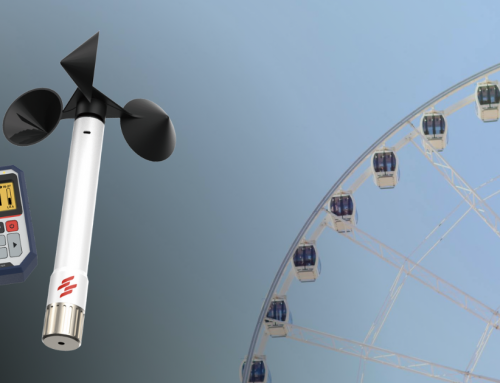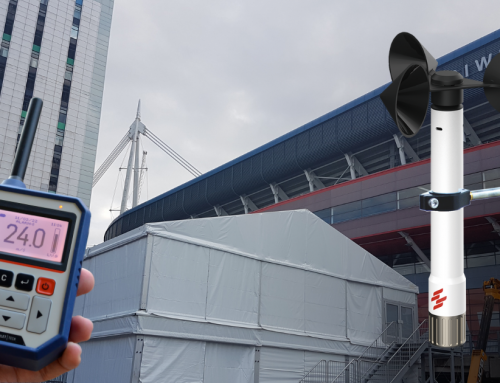Last Updated on
Cranes play a vital role in construction jobs. In fact, cranes can be used on only in the construction industry but also in general and maritime industries. Many types and sizes of cranes are now being used to lift and move heavy materials. The dramatically developing crane technology has invented more than 20 types of cranes for different purposes making choosing the right kind of cranes a difficult task.
When choosing cranes, all thorough thoughts should be considered because if the crane is not suitable for the project, serious problems may be caused. The wrong crane can not perform the job properly and crane operators can face extreme issues or sometimes even worse, accidents may occur. Keeping in mind that safety is the most critical concern, to ensure the right kind of cranes to be chosen, all these following factors should be considered:
- Crane Capacity
First, the weight and the size of the load to be lifted or moved should be acknowledged. Then based on that information, you can choose a crane with a suitable lifting capacity as well as the required rigging accessories like hooks, ropes, slings and shackles.
When working with crane manufacturers, you can get more information about the load capacity of the crane through all the load charts provided which is the total gross weight that the crane can lift for a given radius. To know the actual load-bearing capacity of the crane, the weight of all rigging accessories need to be deducted from this gross weight.
Regarding crane capacity, the type of the load you are going to lift is also worth considering. Some oddly shaped loads require special equipment and highly skilled operators. If necessary, you can employ an expert to assist you with settling on the correct crane choice.
- The Boom
The boom is the most outstanding and noticeable part of the crane, it is the long telescopic or fixed arm used to move objects. The angle of the boom and its working radius play an essential role in maintaining the stability of the crane, you need to consider the boom’s vertical and horizontal movement to make sure the crane can handle the load.
Vertically, particularly for multi-storied construction projects, based on how high the load needs to be lifted, the crane with the appropriate boom length will be chosen accordingly. Furthermore, the extension of the crane’s boom can be affected by the wind, the higher the boom gets, the more potential is the risk especially when cranes now can reach far higher than before. The boom length and its capacity details can be found in the load charts from crane manufacturers along with the crane capacity. Looking at the figure, you can decide whether the crane’s boom is suitable or not.
Along with the vertical movement, the heavy equipment also needs moving horizontally. That is why acknowledging about the horizontal distance a boom can reach is also vital. As you know, there are plenty of types of cranes and each type of crane comes with their own types of boom with different length and reach radiuses. There are cranes having 40 to 2000 tons of capacity ranging and can reach up to 500 feet radius but there also are cranes having lower capacity from 30 to 600 tons and can only reach up to 200 feet radius. Make sure you pick the correct kind of crane with a proper boom length.
- The Terrain
The Terrain is the ground beneath the crane. Making sure you understand the material and condition of the terrain before choosing the crane is a must. Cranes are huge supports for a lot of lifting projects, they can be used to lift and move extremely heavy objects and they need a solid foundation underneath them to support all the crane works and keep the movements stable.
Truck mounted cranes are mobile, small and easily access construction projects, they are convenient and can be driven directly to the working area. However, they can only be used for virtually small-sized material lifting tasks on a concrete surface. If you want to maintain a long-term project that requires extreme lift heights and load reach, you need to consider transporting and assembling crawler cranes on the site.
It is essential to establish the maximum axle load the terrain can handle and choose an appropriate crane. You also need to make sure that the ground conditions at the working area are steady and decide the width of the crane’s base so that the cranes can work properly without compromising most of the strength.
- Crane rental
The cost of a crane can vary from 500000 to more than 1000000 USD so to work on different kinds of projects, renting cranes is always the most affordable and effective option. Today, there are cranes rental companies everywhere and the most competitive crane renting rates can be easily found. However, finding the best crane to hire from a locally available crane supplier is more complicated.
Never stop at the first crane supplier that you found online. You can make a list of all the local crane companies and start inspecting the available type of cranes, cranes rental rates and all the crane services offered to see which is the most financially viable. One of the major advantages of renting a crane is that you can save significantly on maintenance, repairs and transportation costs.
Furthermore, local suppliers do know much more information about cranes and they can assist you on how to plan your project considering the weather, laws, other conditions and to choose the right kind of cranes.
Cranes can help to build all the dazzling buildings but good things always take time. Choosing the right crane for your project is the key value to make it smooth and successful so make sure you consider all those 4 mentioned factors carefully and also do not forget about occupational safety and equip your cranes with safety equipment like crane camera, anemometer, etc. before beginning any crane project.







